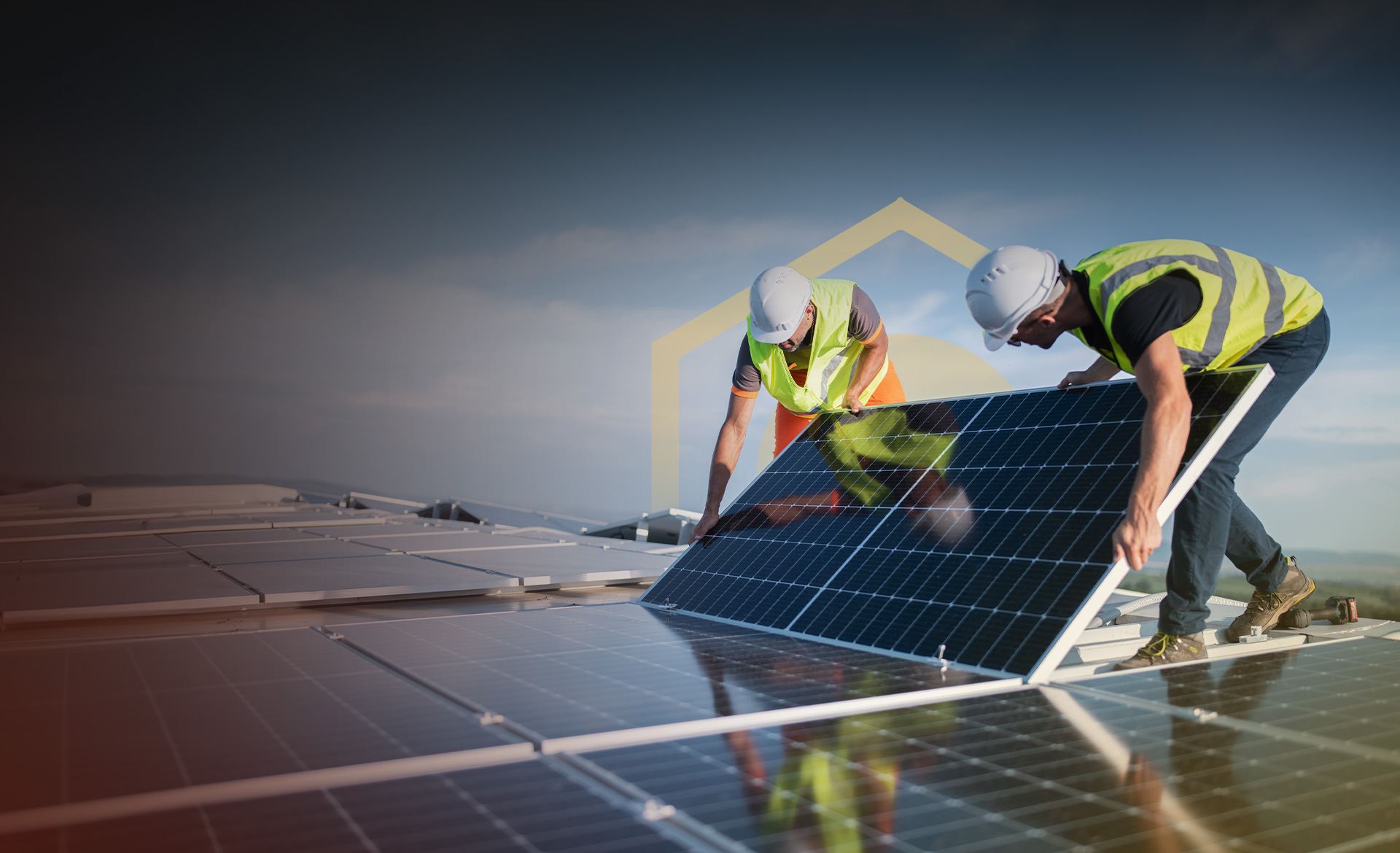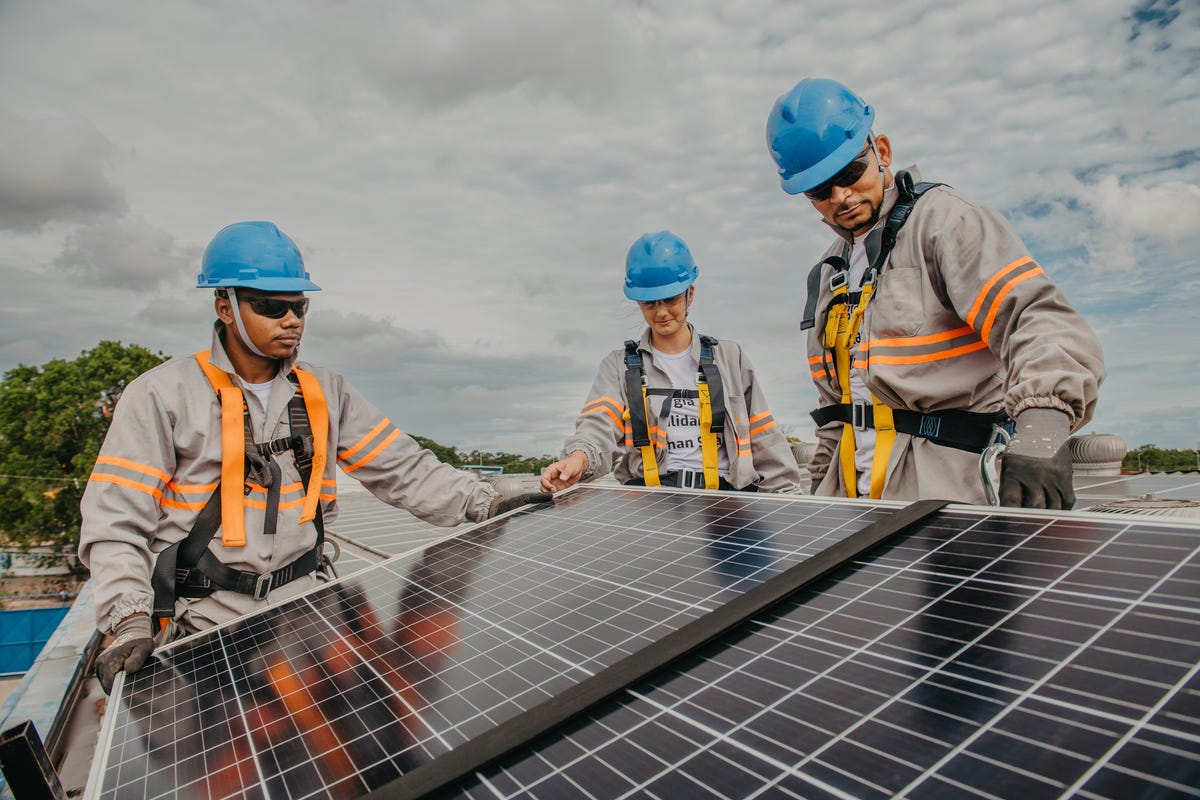Affordable Solar Panels PA: Our Company Concentrates On The Setup And Management Of Photovoltaic Energy Systems
History and Development of Photovoltaic Panel Business
The beginning of solar panel companies can be traced back to the 1800s when Alexandre Edmond Becquerel found the photovoltaic effect. Would he have envisioned how his discovery would transform the method we harness energy?
Early Starts

In 1954, Bell Labs developed the very first useful photovoltaic cell. This marked a substantial milestone in the history of solar energy. They were at first utilized to power area satellites, but who knew this was just the beginning?
Evolution and Growth
- In the 1970s, an energy crisis led to increased interest in renewable energy sources, including solar energy.
- By the 1990s, improvements in innovation and increasing ecological awareness led to the development of solar panel business internationally.
A New Age
As we entered the 21st century, the solar industry experienced a rapid growth. The need for clean and renewable resource produced a new age in the photovoltaic panel market.
Interesting Facts
- The world's first solar energy station was integrated in 1982 in Hisperia, California.
- By 2019, solar energy had actually ended up being the world's fastest-growing source of power.
The journey of solar panel business has been remarkable, hasn't it? The future holds enormous potential, with constant developments leading the way for a sustainable future. Can we envision a world powered entirely by solar power?
Progressing
Today, solar panel business continue to here innovate, pursuing more efficient and cost-effective solutions. The advancement of solar energy has come a long method, and yet, the journey has just started.
The Core of Photovoltaic Panel Production
Ever question what enters into developing those shiny, sun-loving photovoltaic panels? The process is as outstanding as completion product (Solar Panel Company). High-purity silicon, the main component in photovoltaic panels, undergoes different improvements to ensure its performance and durability
From Sand to Silicon
Crystalline silicon, the backbone of the majority of solar panels, stems from basic sand. It's an interesting journey, isn't it? The sand goes through a high-temperature response with carbon to form silicon. This isn't just any silicon. The silicon used in photovoltaic panels is "solar-grade," with a pureness of 99.9999%. It's this pureness that makes it possible for the panels to effectively convert sunlight into power.
Ingot Formation
Once the silicon is pure enough, it's time to form ingots. Image a big, cylindrical block of strong silicon. How is this attained? Through a procedure called Czochralski process, where the silicon is melted and then slowly recrystallized. It's a sluggish dance of science, resulting in a strong product that is nearly as pure as the raw silicon itself.
Slicing into Wafers
The ingots are then sliced into wafer-thin pieces, like slicing a loaf of bread. Each piece is a possible solar cell, waiting to harness the power of the sun. Did you know that the silicon wafers are just about 200 micrometers thick? That has to do with half the thickness of a human hair! The procedure needs precision and persistence, however the outcome is a set of wafers ready to be turned into solar cells.
Producing Solar Battery
With the wafer prepared, it's time for the magic to take place. The silicon wafer is 'doped' with other elements like phosphorous and boron to produce an internal electrical field. It's this field that makes it possible for the conversion of sunshine into electrical power. Complex, isn't it?
Assembly and Quality Control
Solar cells resemble puzzle pieces that come together to form a photovoltaic panel. The cells are soldered together in a grid-like pattern, then covered with a protective layer of glass. The final step includes rigorous quality control checks. It's vital that every solar panel carries out at its peak, wouldn't you concur?
Insider Suggestion
Constantly keep in mind that even the most efficiently made solar panel can lose effectiveness due to dirt and debris build-up. Regular cleaning can significantly enhance your panels' performance.
Understanding the Environmental Effect of Photovoltaic Panel Business
Ever considered the environmental footprint of a photovoltaic panel company? Green technology, such as solar, has changed our energy landscape, however what about the behind-the-scenes impact?
The Production Process: A Double-Edged Sword
The production procedure for photovoltaic panels requires a considerable quantity of energy. This procedure, called 'em bodied energy', can be deemed a form of 'energy debt'. It's a little like borrowing today's sunshine to power tomorrow's energy requirements. Worry not, the energy payback time is often shorter than you 'd believe!
- The energy payback period for photovoltaic panels is usually 1-4 years.
- After this period, the energy produced is essentially carbon-free.

Life After Decommission
And what takes place when a solar panel reaches completion of its life-span? Can it just be tossed into the trash? No, that would not be extremely green, now, would it?
A viable service is recycling. While solar panel recycling is still in its infancy, it holds a world of capacity. Recycling not only keeps materials out of landfills however also decreases the need for brand-new raw products.
Responsible Sourcing: More Than A Buzzword
Where does the silicon come from, you ask? Regrettably, the industry's demand for silicon and unusual minerals can cause harmful mining practices. Responsible sourcing is for that reason essential to decrease damaging environmental impacts.
Decreased Carbon Emissions: The Bigger Photo
Let's not forget the larger image: solar energy substantially lowers carbon emissions. As soon as installed, solar panels produce clean, renewable energy, offsetting their preliminary production footprint.
In brief, the environmental effect of solar panel companies is a complicated problem. However, with responsible practices, the promise of a cleaner, greener future is well within our grasp.

Financial Performance and Market Share of Solar Panel Business
Ever questioned why some photovoltaic panel companies - Solar Panel Company beat others in the market? What sets them apart? The crucial depend on their financial efficiency and market share
Financial Performance: A Critical Sign
Financial efficiency plays an essential function in the success of any company. For solar panel business, it's no different. Strong monetary efficiency allows these companies to purchase cutting-edge technology, research, and advancement, consequently creating top quality, efficient photovoltaic panels.
How do they accomplish this? With a focus on cost performance and tactical investments. Business that handle to minimize production expenses without jeopardizing on quality tend to fare better in the market.
Market Share: A Procedure of Success
Market share, on the other hand, is a direct reflection of a business's popularity amongst consumers. A high market share implies more homeowners are choosing their solar panels over competitors.
So, what's the secret recipe for acquiring a bigger market share? It comes down to client satisfaction and brand reputation. Companies that prioritize customer needs and maintain a favorable brand image are more most likely to record a larger share of the market.
- Customer Fulfillment: Solar panel business that deliver reliable items and exceptional client service tend to have higher customer fulfillment rates.
- Brand Track record: A strong brand name track record is built in time through consistent delivery of quality services and products.
Financial Performance and Market Share: The Symbiotic Relationship
Remarkably, the relationship between monetary performance and market share is not one-sided. They feed off each other. A strong monetary performance can increase a company's market share, while a high market share can improve monetary performance.
As a photovoltaic panel company, stabilizing these 2 aspects is important for long-term success. A company that overlooks either of them may discover it hard to keep its position in the competitive solar market.
The Takeaway
What does all this mean for you? Whether you're a homeowner wanting to install solar panels or an investor eyeing the solar market, understanding the financial efficiency and market share of photovoltaic panel business is vital. They are key signs of a company's health and potential for future growth.
Comments on “Residential Solar Panels Pa for Dummies”